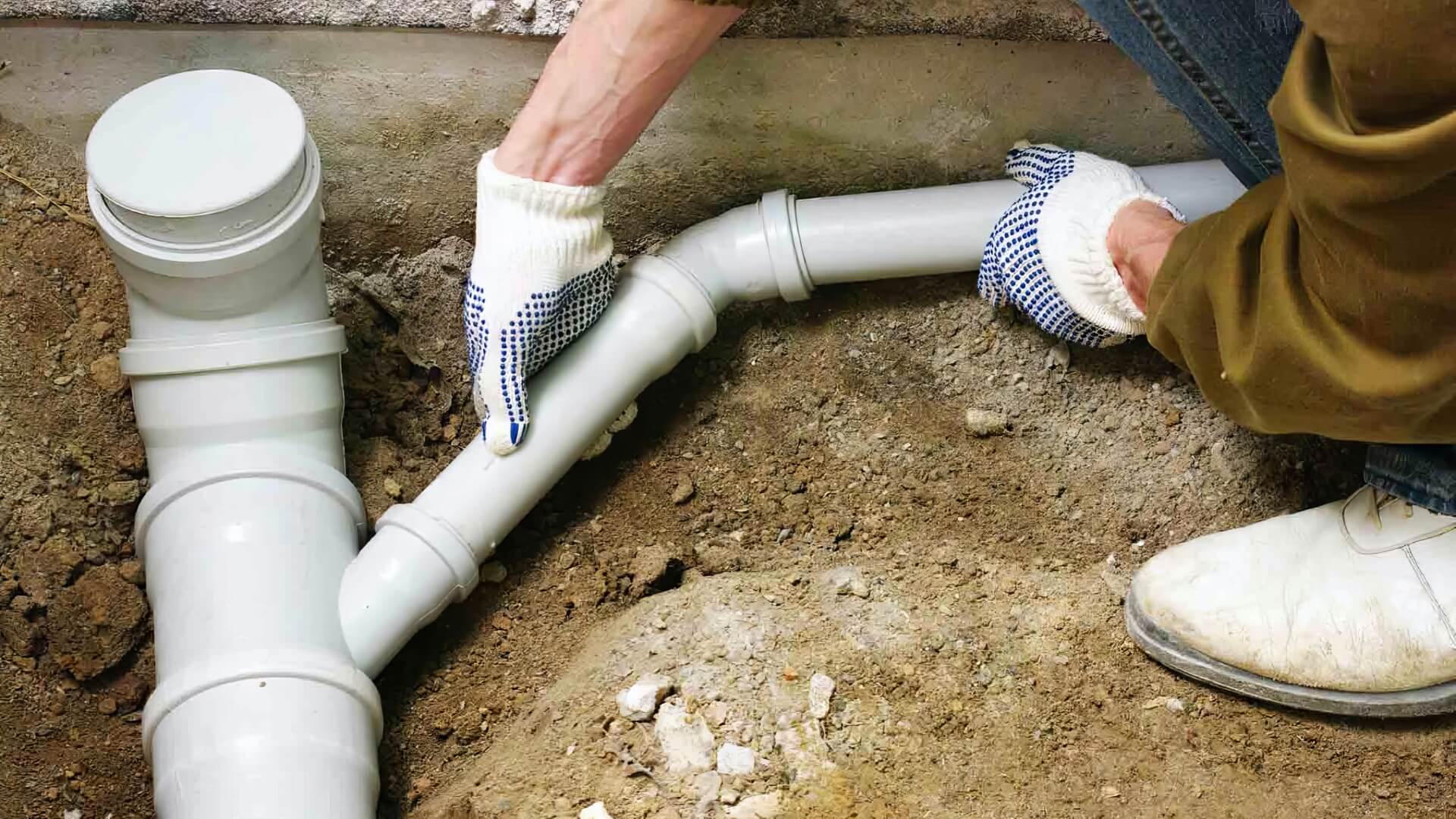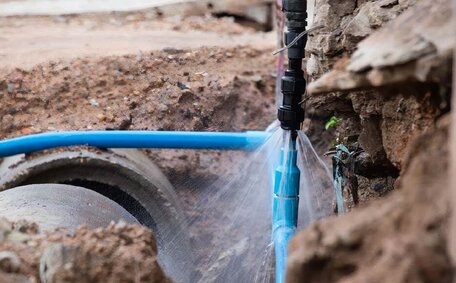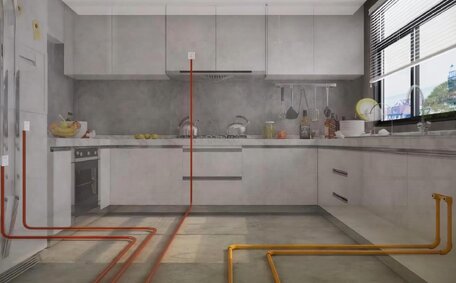Introduction to Causes of High Gas Bills
It can be concerning when your gas bill is higher than expected. While no one wants an inflated energy bill, there are some common reasons your gas bill may suddenly spike.
In cold weather, it’s normal to use more gas for heating, resulting in a larger bill. Faulty gas appliances like furnaces and water heaters can waste gas and cost you extra.
Adding new household members or increased usage can also drive up costs. Gas rates and fees may have gone up as well. Gas rates and fees may have gone up as well.
Before assuming the worst, take some time to understand potential causes. Tracking your usage, inspecting appliances, contacting your provider, and reviewing billing can uncover the source of the problem. There are also ways to reduce wasted energy and cut back on gas expenses.
Reviewing Your Gas Bill for Errors
It’s wise to thoroughly review your gas bill to catch any overcharges or errors. Gas bills can be estimated based on past usage, which may inaccurately inflate your costs. Check that the metre reading matches your actual usage, and whether estimated or actual readings were used.
Scan for math errors in the calculations. Confirm you’re being billed at the correct rate plan. Watch for double-billing or any extra erroneous fees.
Compare your gas usage month-to-month to spot any unusual spikes that don’t align with your normal habits. Keep pressing them to fix mistakes and issue credits for any overbilling.
If anything looks off, contact your gas provider to investigate. Ask them to recheck the readings and calculations. You can submit your own metre readings to correct estimated bills. Consider requesting a metre accuracy test if errors persist. Don’t overpay due to a billing error.
Checking Meter Readings and Operation
To get an accurate reading of your gas usage, it’s important to periodically check the metre outside your home. Compare the current reading to your last bill to see if it aligns with the usage you were charged for. Take note of the unit of measurement on your metre (cubic feet or cubic metres).
Watch the red dial on the metre to see if it’s spinning even when appliances are off, which could indicate a leak.
The dial should only move when gas is actively being used. The dial should only move when gas is actively being used. You can submit your own up-to-date metre reading by calling your provider or entering it online.
Having actual metre readings rather than estimates can help prevent billing errors. If the readings don’t match your charges, request your provider recheck the calculations. Consider asking for a metre inspection if you suspect it’s faulty.
Working together with your provider to get precise readings is key to avoiding overcharges.
Identifying Billing Estimates
It’s important to check your gas bill to see if it’s based on an actual or estimated reading. Estimates are calculated from your past usage rather than current metre readings. They can often overestimate, resulting in higher bills.
To identify if your bill is estimated, look for the words “Estimated Bill” or “Est.” on your statement. It may note that your bill is based on an estimate rather than metre readings. You can compare the dates listed to see if readings aligned with the billing period.
Call your provider if an estimated bill seems inaccurate. Call your provider if an estimated bill seems inaccurate. Getting precise data will prevent overpaying due to billing guesswork.
Ask when they can obtain an actual metre reading to correct it.
Understanding Your Gas Usage
To get a handle on your gas usage, start by comparing your current bill to ones from the past year during the same season.
Look at your daily usage and cost per unit of gas. See if your total usage and cost has increased substantially. Consider if your household size has changed or you’ve used more gas heating during cold snaps.
Check that billing periods are similar. A longer period can impact the total usage amount. Look for any new gas-powered additions like appliances, fireplaces, or pool heaters.
Review your gas habits - are you taking longer showers, using gas appliances more often, or keeping your home warmer?
Understanding your typical usage based on weather, household size, and daily habits can reveal if your bill spike is warranted or not. Keep tracking your usage with metre readings to monitor changes. Reducing usage where possible will lower your gas costs over time.
Comparing to Historical Usage
Try to identify what major changes could contribute, like more household members, extended heating use in extreme weather, or new gas appliances. Analysing your historical gas costs will reveal if your recent spike is unusual and merits further investigation into the cause.
Compare your current bill to ones from the same season last year. Compare your current bill to ones from the same season last year. Continuing to track your ongoing usage will help you stay on top of changes. Looking back at your previous gas bills can provide helpful context on your typical usage.
Checking Gas Appliances and Settings
Faulty gas appliances could be the culprit behind your inflated gas bill. Although they may still be functioning, leaks or inefficiency can drive up costs. Here are tips on inspecting key gas appliances and systems.
Examine gas fireplaces and stoves for any cracks, corrosion, or evidence of backdrafting when lit. Examine gas fireplaces and stoves for any cracks, corrosion, or evidence of backdrafting when lit.
Check your water heater for leaks around valves and at pipe connections. Check your water heater for leaks around valves and at pipe connections. Check your water heater for leaks around valves and at pipe connections.
Also check for lesser-used gas appliances like pool heaters, generators, and gas lights for damage or wear.
Listen near appliances and pipes for any audible hissing indicating a leak. Confirm your stove burners are igniting properly and distributing heat evenly. Replace any old or defective parts right away. Keeping all gas systems well-maintained prevents waste and optimises savings.
Contacting Your Gas Provider
If your gas bill still seems inaccurate after investigating on your own, it’s time to contact your gas provider directly. Have your recent bills and metre readings on hand to reference. Ask them to verify the metre readings match the usage you’re being charged for.
Request they recheck the bill calculations to spot any errors.
See if they can send someone to conduct a metre accuracy test. Ask about having an actual reader come out if estimates are consistently incorrect. Discuss any spikes in usage and see if they have advice on what could cause it.
Inquire if any rate hikes have occurred that could impact your costs. Check that you’re on the optimal rate plan for your usage.
See if they can suggest adjustments to your payment plan or due date if needed. Be persistent in ensuring your bill and metre are accurate before paying inflated charges.
Asking Your Provider to Investigate
If reviewing your bill and investigating your usage doesn’t reveal the reason for your high costs, it’s reasonable to ask your gas provider to look into the issue on their end.
Contact their customer service and explain you’ve noticed much higher gas bills that don’t align with your typical usage. Ask if they can open up an investigation to audit your account and check for any errors or system faults impacting your charges.
They may charge a small fee for this investigation service, so inquire about costs beforehand. They may charge a small fee for this investigation service, so inquire about costs beforehand. Ask them to explore the accuracy of your metre, billing calculations, rate plan, and any unusual usage detected.
With the gas company also exploring potential causes, hopefully the source of your high costs can be identified and corrected soon.
Submitting Accurate Meter Readings
To ensure your gas bill reflects your actual usage, it’s crucial to provide regular and precise metre readings to your provider. Here’s how to take an accurate reading from your gas metre:
- Locate your gas metre outside your home, often near the pavement or on an exterior wall.
- Note the metre’s unit of measurement, usually cubic feet (ft3) or cubic metres (m3).
- Read all the digits shown from left to right, including any zeros.
- Write down the numbers as displayed without omitting any digits.
- If the metre has multiple dials, read and record each one individually.
Aim to submit metre readings at least once a month, especially if you receive estimated bills.
You can call your gas provider or enter readings on their website. Consider submitting readings a few days before your billing date to maximise accuracy. With regular precise readings, your bills will better reflect the gas you actually use.
Requesting a Meter Test
If you’ve thoroughly investigated your bill and usage but still believe your gas metre is faulty and overcharging you, you can request that your provider perform a metre accuracy test.
Contact customer service and explain you suspect the metre is malfunctioning based on inaccurate readings and inflated bills that don’t match your actual usage.
Your gas company may charge a fee for dispatching a technician to conduct a metre test, so inquire about costs beforehand.
If the test reveals the metre is defective, the provider should waive this fee. The technician will check calibration and performance to see if the metre is within accepted accuracy parameters. If not, they will repair or replace the faulty metre.
Having an accurate, properly functioning metre is crucial to being billed for your true gas consumption. While fees may apply, a metre test can provide peace of mind that you’re only paying for the gas you use or reveal an underlying issue inflating your costs.
Troubleshooting Potential Issues
If your gas bill remains high after reviewing usage and contacting your provider, here are some common issues to troubleshoot:
- Check gas appliances like your furnace, water heater and stove for leaks, damage or age-related inefficiency. Listen for hissing pipes and inspect connections.
- Ensure your thermostat is calibrated correctly and not set too high. Lower the temperature when away.
- Examine windows and doors for air leaks letting heat escape. Caulk and weather-strip as needed.
- Look for obstacles and dust buildup on radiators or vents blocking proper airflow and heating.
- Upgrade old insulation, especially in the attic, to retain more heat.
- Install a programmable thermostat to automatically adjust temperatures for savings.
- Service appliances and systems annually to optimise efficiency.
- Consider energy-efficient upgrades like new windows or a tankless water heater.
Identifying and resolving home issues wasting gas can help get your bill back on track. Continued monitoring of your usage and costs will ensure your natural gas expenses remain reasonable.
Checking for Gas Leaks
It’s crucial to periodically check for potential gas leaks around your home. You can spray soapy water on connections and watch for bubbling. Avoid using open flames or electrical devices during your inspection.
Signs of a leak include the smell of rotten eggs or a hissing sound coming from pipes or appliances.
The best times to check are before or after lighting pilot lights, after earthquakes, or if you detect the added mercaptan odorant. If you do find a leak, evacuate your home and contact the gas company or a professional plumber immediately. They can inspect with gas detectors, determine the source, and make needed repairs.
Gas leaks can be extremely hazardous if inhaled or ignited. Attempting DIY repairs often makes them worse. Stay safe by acting fast at any sign of a potential leak.
Let professionals handle inspection, diagnosis and correction - it’s a small investment to prevent carbon monoxide poisoning, explosions and costly damages.
Replacing Old or Faulty Appliances
If you have older gas appliances that are past their prime, replacing them with newer, more energy-efficient models can significantly reduce your gas usage and expenses. Older furnaces, water heaters, stoves, and other devices often operate inefficiently, costing you more.
New Energy Star certified appliances incorporate the latest technology to maximise energy savings. For instance, tankless on-demand water heaters only heat water as needed instead of maintaining a full tank.
High-efficiency furnaces finely tune combustion and distribute heat more evenly. New stoves have precise burners that fully utilise gas.
While replacing appliances has an upfront cost, the long-term savings on your gas bill can make it well worth the investment. Just be sure to have a qualified professional install new units for optimal safety, performance, and savings.
Reducing Your Gas Usage
There are several ways homeowners can reduce gas usage to lower their bills:
- Lower the temperature on your gas water heater to 120°F/49°C to reduce heating costs.
- Install low-flow showerheads and faucet aerators to use less hot water.
- Wash clothes in cold water cycles and air dry when possible to minimise gas dryer use.
- Seal air leaks around windows, doors, pipes and wiring to prevent heat loss.
- Add insulation to attics, basements and walls to improve heat retention.
- Limit use of gas fireplaces and only heat rooms you spend time in.
- Replace old furnaces and water heaters with high-efficiency ENERGY STAR models.
- Set programmable thermostats to automatically lower temperatures when away.
Being mindful of your gas usage habits and making upgrades for efficiency are great ways to reduce waste and lower your gas bills over time.
Adjusting Thermostat Settings
Adjusting your thermostat settings is an excellent way to reduce your natural gas usage and lower high bills. Set your thermostat to 68°F (20°C) while you’re home in the winter and even lower at 60-65°F (15-18°C) at night or when away.
The biggest energy saver is lowering your temperature. You can also programme different settings for mornings, evenings, and weekends to match your household habits.
Make sure your thermostat is operating properly and accurately calibrated. Check that it accurately displays the current room temperature. Upgrade to a smart or programmable thermostat to better automate temperature settings for efficiency.
Have a technician inspect and adjust it if needed, as even small inaccuracies can waste gas for heating.
Only heat rooms you actively use rather than your whole house. Close vents and doors to unused rooms and set zone thermostats appropriately. Close vents and doors to unused rooms and set zone thermostats appropriately.
Make sure radiators and vents aren’t blocked by furniture or curtains impeding airflow and heating efficiency.






